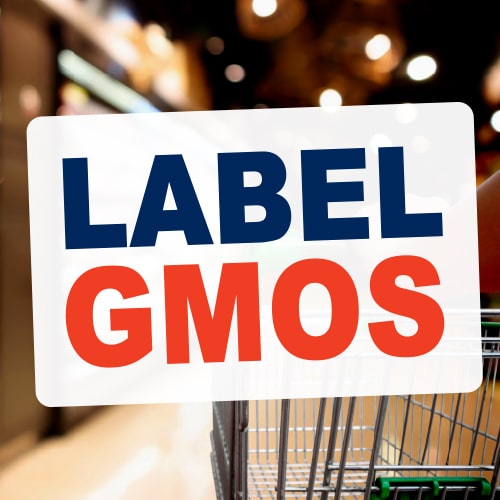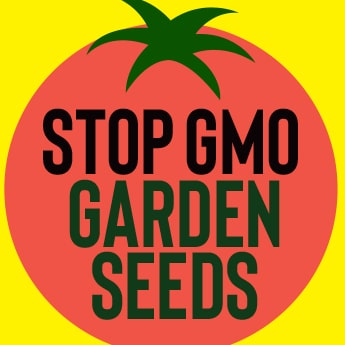‘SmartStax’ Genetic Corn Really Safe?
Response to Health Canada
http://www.montrealgazette.com/technology/corn+should+canned/1845705/story.html
New corn should be canned
Montrealgazette.Com
Thu Jul 30 2009
Section: Online
Byline: Lucy Sharratt and Éric Darier
Source: Canadian Biotech Action Network
Health Canada did not conduct a food safety assessment for the new eight-trait genetically engineered (GE or genetically modified, GM) corn called ‘SmartStax’. Rather than address the clear need to stop the introduction of Monsanto and Dow’s ‘SmartStax’ in our food until scientific testing is done, Health Canada has come out to attack those who exposed our government’s inadequate and outdated regulations. In addition, in authorizing ‘SmartStax’, Canada clearly ignored the United Nations’ Codex Guideline on the need to carry out tests.
In a statement released only to journalists last night, Health Canada referred to our interpretation of the UN Codex Guideline on Food Safety Assessment for GE Plants as “erroneous”. This implies that not only are we wrong but that we may be deliberately misleading. This is not the case. In fact, Health Canada is wrong.
In their statement, Health Canada says that there is no mention of “stacked traits” in the international Codex Guideline. But the Guideline explicitly refers to the conventional breeding of recombinant DNA plants – this is how stacked trait GE plants like ‘SmartStax’ are made. Health Canada should know this. If Health Canada is not clear, we are happy to explain the science and technicalities to our regulators and advise them on how to reform our regulatory system.
The problem for Health Canada and the government generally is that their regulations for GE foods, what they call “Novel Foods” – a category that also includes non-GE foods, are deliberately limited to assessing the safety of “Novel Traits”. Because Health Canada has previously approved the eight traits that are now combined together in ‘SmartStax’, the system does not flag that there is anything new about the eight-trait GE crop. Science, the precautionary principle and Codex say different.
Codex goes so far as to say that unintended effects may arise from stacked trait crops. This is why, through Codex, governments including Canada agreed that a full safety assessment of stacked trait GE crops is required. Even Health Canada actually acknowledges that unintended effects can occur, they just aren’t prepared to look for them and state that, “If there was a change, the company would have to provide the necessary information to Health Canada.” To trust companies like Monsanto – that are in the business of selling ‘SmartStax’ – to provide safety information is like putting the wolf in charge of the sheep’s welfare!
Health Canada is hiding behind an issue that sounds technical in the hope that no one will notice or care. We think that Canadians care.
Health Canada’s regulations of “Novel Foods” are deliberately designed to miss GE crops like ‘SmartStax’. ‘SmartStax’ was not assessed by Health Canada because, according to Canada’s shaky regulations, eight-traits together do not constitute a “Novel Food”. According to Canadians, Health Canada needs to pay attention to all GE crops. According to Codex, Health Canada needs to conduct a full safety assessment.
Genetic engineering is a complex science but Health Canada has not kept up. Health Canada and the Canadian Food Inspection Agency have never grappled fully with genetic engineering. By constructing a product approval process that is limited to evaluating the “novelty” of GE traits rather than the complexities of the process of genetic engineering, the Federal government supports quicker GE approvals for the advantage of corporations like Monsanto. But with ‘SmartStax’, government departments have come up against the deliberate limitations of their own regulations.
There has never been a democratic debate over the introduction of GE crops and foods in Canada, there is no mandatory labeling of GE ingredients and, despite 58 recommendations for change from the Royal Society of Canada Panel in 2001, there has never been an attempt to reform our regulatory system. What is Health Canada waiting for before they act responsibly? Another health crisis, this time caused by the untested release of GE foods? The time for system-wide reform is obviously now.
Lucy Sharratt for the Canadian Biotech Action Network
Éric Darier, Réseau Québécois contre les OGM





